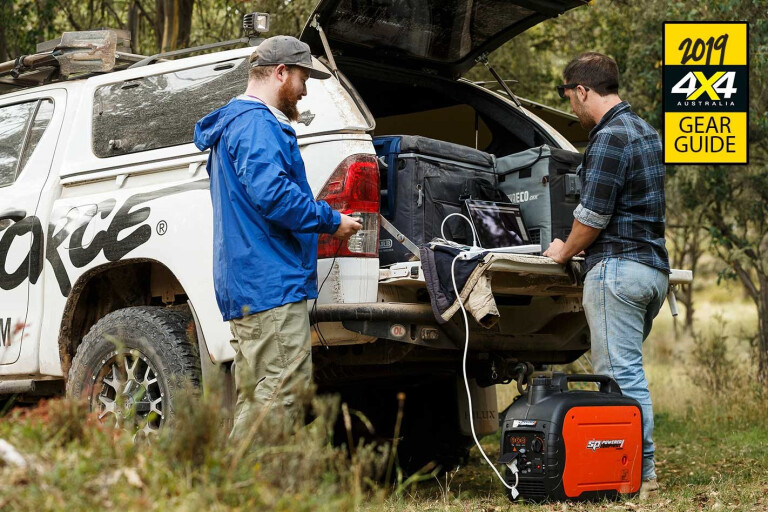
Your vehicle’s starting battery is designed to fire up your vehicle’s engine, not to power your fridge, light up your campsite, run a laptop and charge your camera batteries. For these tasks you’ll need an additional power source.
Dual battery system

Dual battery systems have been around for a long time and they’re still one of the most popular solutions for powering electrical equipment when you’re enjoying an off-road adventure. The components of a dual battery system are the vehicle’s charging system (alternator), the starting battery, an auxiliary battery (usually a deep-cycle battery), a battery tray or battery box, a wiring loom and a battery isolator.
While starting batteries are designed to deliver short bursts of power for starting the vehicle’s engine, deep-cycle batteries are designed to discharge more slowly over a longer period of time to power accessories.
There are several types of deep-cycle batteries including Absorbed Glass Mat (AGM), Gel batteries and lithium iron phosphate (LiFePO4) batteries, the latter the most expensive option but advantageous due to compact dimensions, lighter weight and longer service life (up to 10 times).
The battery tray or box is designed to securely hold the battery in place, either in the engine bay (if there’s space), under the vehicle or in the tray/tub of a ute.
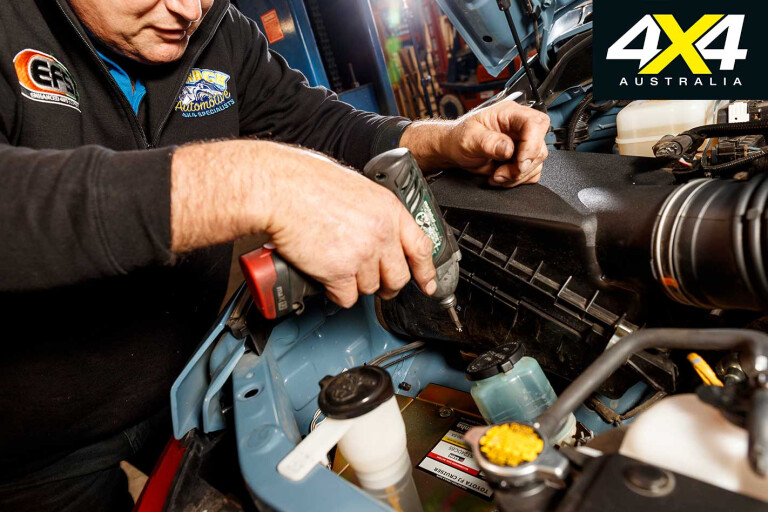
As its name suggests, the battery isolator simply isolates the starting battery so that electrical appliances run off the auxiliary battery, ensuring the starting battery always has enough charge to fire up the engine. Isolator types can include a manually operated switch, a switching solenoid, a blocking diode or a microprocessor control system.
Modern vehicles, with ‘smart’ alternators, require the inclusion of a DC to DC charger in the dual battery system to ensure correct battery charging.
The cost of a dual-battery system will vary depending on several factors, but when you add up the cost of all components plus labour for installation, you’ll be looking at a minimum of around $1000, and significantly more if you add a DC to DC charger to the set-up and/or you fit an expensive LiFePO4 battery.
Smart battery box
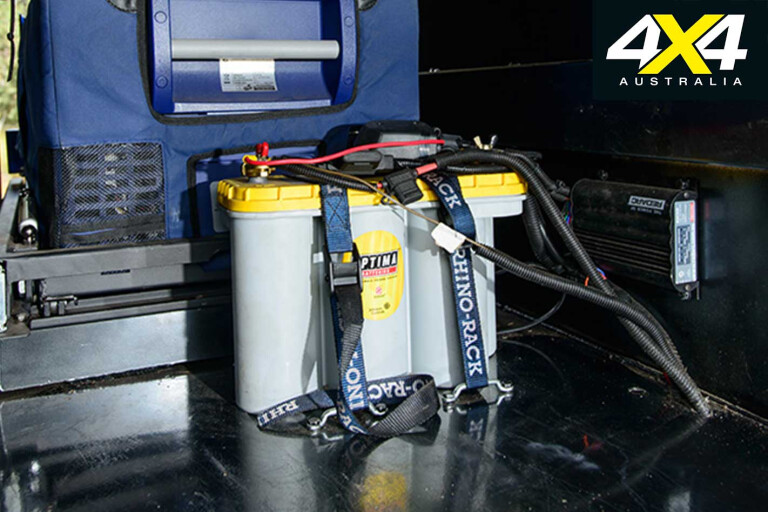
If your vehicle doesn’t have space for a traditional dual battery system, or you simply want a set-up you can transfer from vehicle to vehicle, a smart battery box is a very good alternative.
These boxes are designed to accept a variety of battery types and they can be hardwired to the vehicle’s electrical system or, in some cases, plugged in to a 12V power outlet. Some can also be charged from a 240V mains source; others feature external battery terminals for charging, as well as Anderson plug inputs for charging via solar panels.
Smart battery boxes offer a combination of power outlets including USB ports, 12V DC ports and, if fitted with a built-in inverter, 240V AC outlets. Some also incorporate a smart DC to DC charger, power management display, and a low-voltage cut-out to prevent accidental drainage of the starting battery.
Depending on quality and features, smart battery boxes range in price from $100 to $500, plus the cost of the battery, which will add around $300-$400 for an AGM or Gel battery, and close to $2000 for a LiFePO4 battery.
Power pack
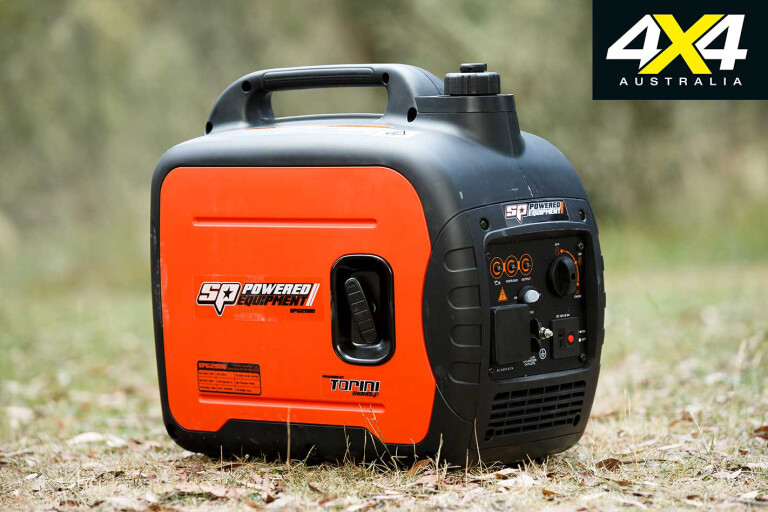
Portable power packs are similar to smart battery boxes but feature built-in batteries, usually of the AGM or Lithium variety.
Most portable power packs will offer charging via a 240V mains source, 12V DC or Anderson plug (for solar panel input), and have outputs including 12V accessory plugs, USB ports and merit sockets. Other features will include a voltage/amperage display, low battery warning (light and alarm) and overload protection.
There are power packs on the market ranging from 33Ah capacity to over 100Ah. AGM power packs around the 44Ah capacity cost around $400, while Lithium power packs of the same capacity can cost more than $1000.
Solar
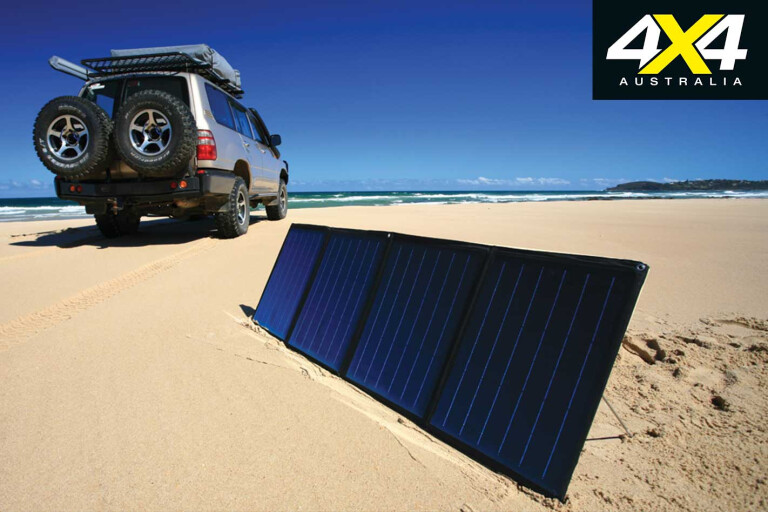
Whether you opt for a solar panel affixed to the roof of your vehicle or trailer, a fold-out panel that you can set up on a stand, or a solar blanket you can lay across the bonnet or windscreen, you’ll need to ensure it has enough output to meet your power requirements.
You’ll also need to make sure it’s equipped with a regulator to safely charge your vehicle’s battery, smart battery box or power pack, and that it comes with a cable long enough to reach your battery’s charging input.
Solar panels around the 160-200W range cost $250-$600, while solar blankets around the 150-200W range cost $400-$900.
Emergency pack
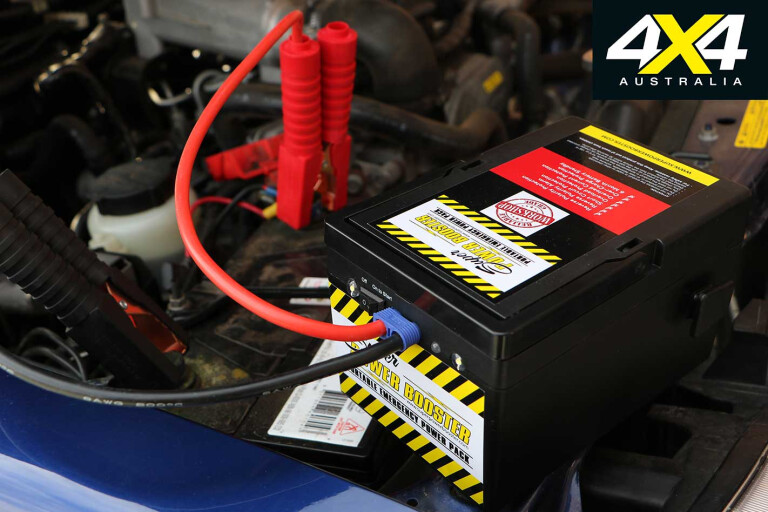
Even if you have a dual-battery system, smart battery box or power pack, there’s always the possibility you could exceed your set-up’s power capacity or have an equipment failure of some sort, resulting in a drained starting battery. If this happens when travelling solo in a remote area, you’ll be glad you invested in an emergency power pack.
For less than $300 you can pick up a device that’s small enough to fit in the glovebox yet packs a powerful enough punch to start your vehicle’s engine. Most also feature USB outlets, a 12V DC outlet and an LED light, so they can also be used for charging phones and tablets, and they can be recharged via a 240V DC mains or through the vehicle’s 12V DC socket.

COMMENTS